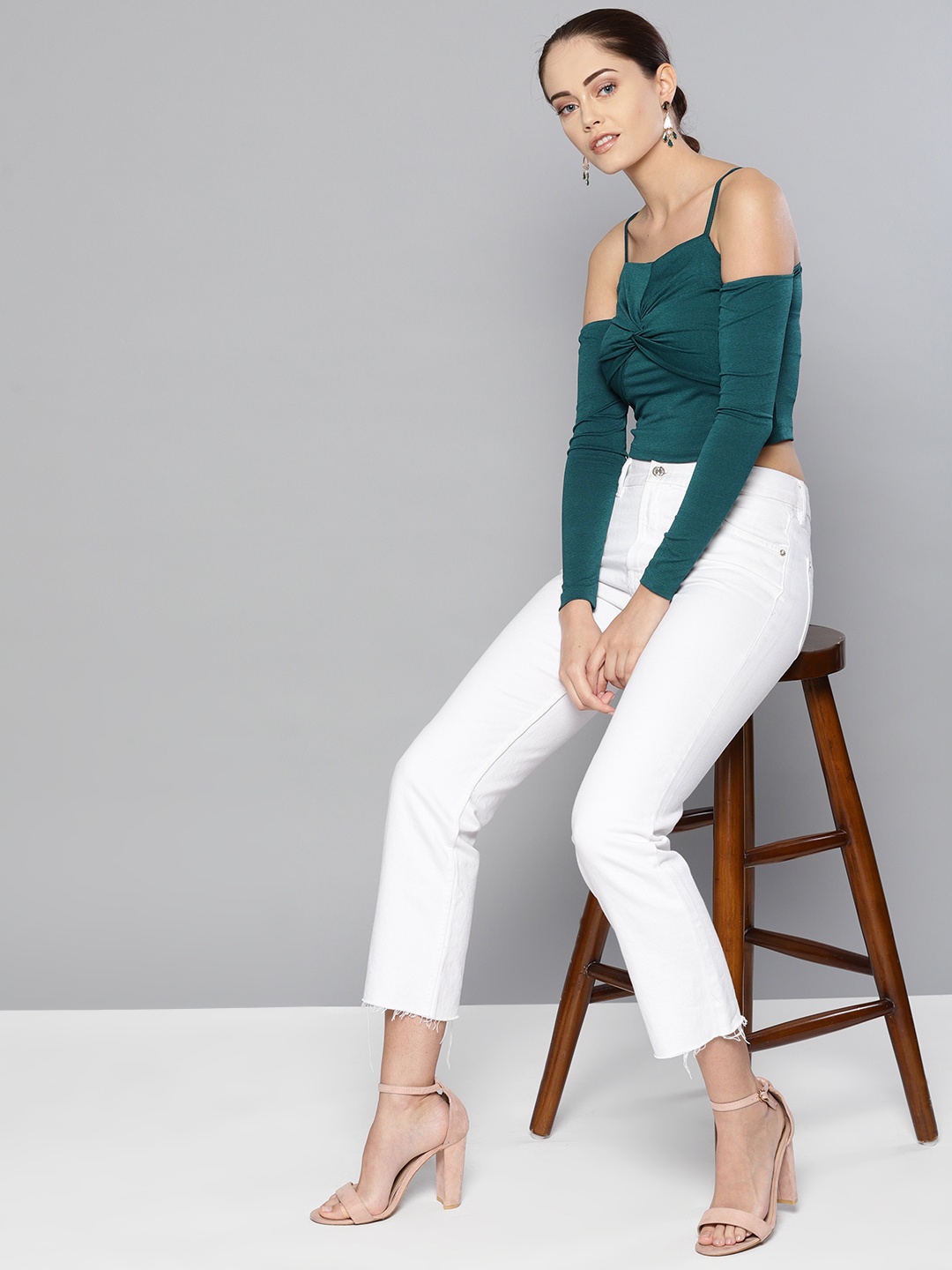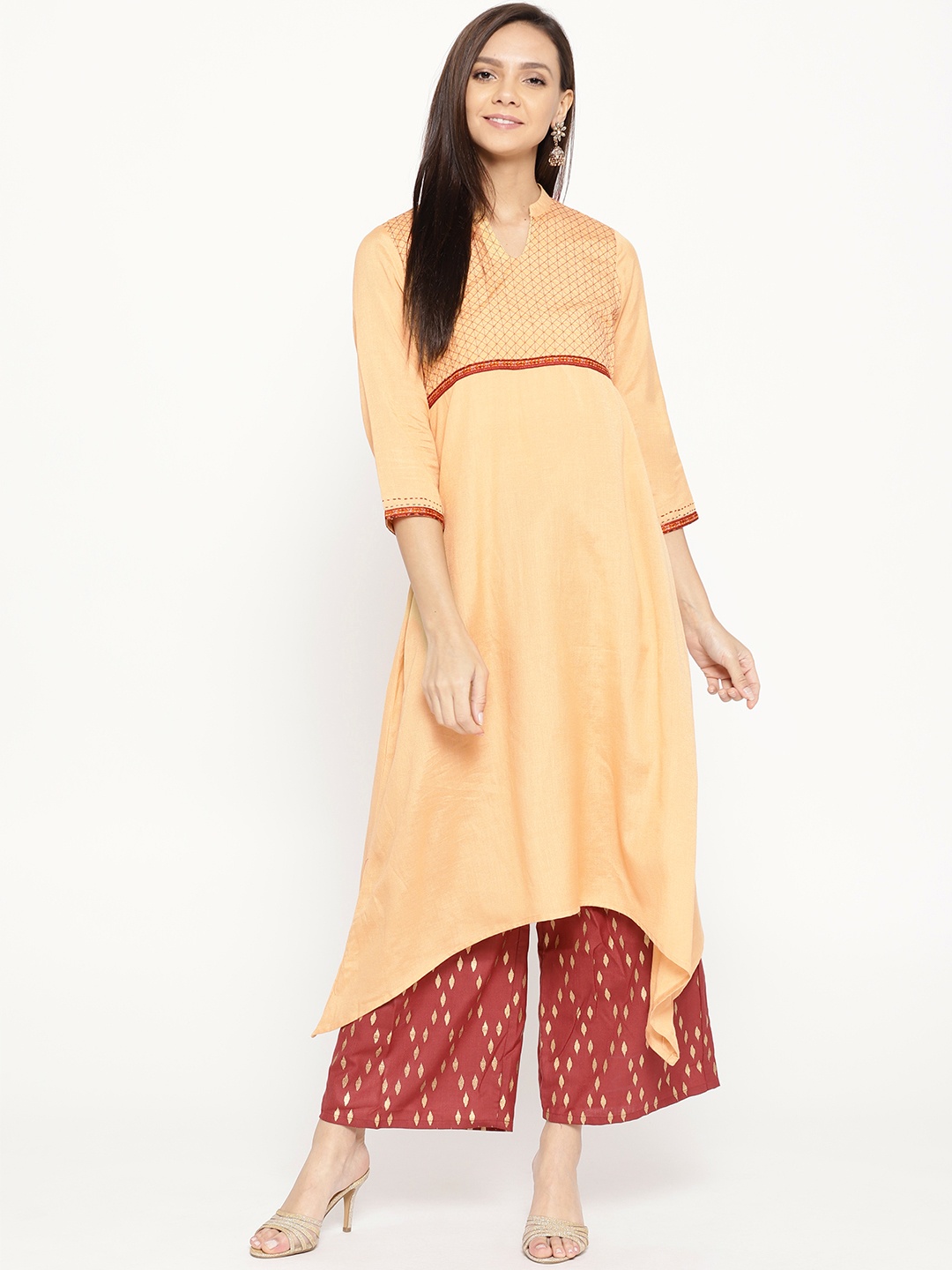How To Pick The Best Jackets: Winter, Windbreaker and Rain | Decoded
A jacket can feel like a loyal companion, shielding from cold mornings, sudden showers or breezy evenings on a bike. This is a warm and clear guide to help decode winter, windbreaker and rain jackets.

Winter, Windbreaker And Rain Jackets: Complete Buying Guide For The Perfect Fit.
A good jacket does more than cover the body. It shapes comfort during long commutes, helps navigate unpredictable weather, and often becomes part of personal style. In a country where mornings can feel frosty, afternoons can blaze with sun, and evenings can surprise with rain, the right outerwear matters. Many people end up buying jackets impulsively, sometimes swayed by trends, sometimes by discounts, and often by confusion. A little clarity goes a long way.
This guide breaks down three essential jacket types: winter, windbreaker, and rain. Each section explains what to look for, how to judge quality, and how to choose something that suits daily life. The aim stays simple: help create a wardrobe that works, lasts, and feels comfortable without draining the wallet. We explain here how to choose the best jackets - winter, windbreaker and even for those rainy days.
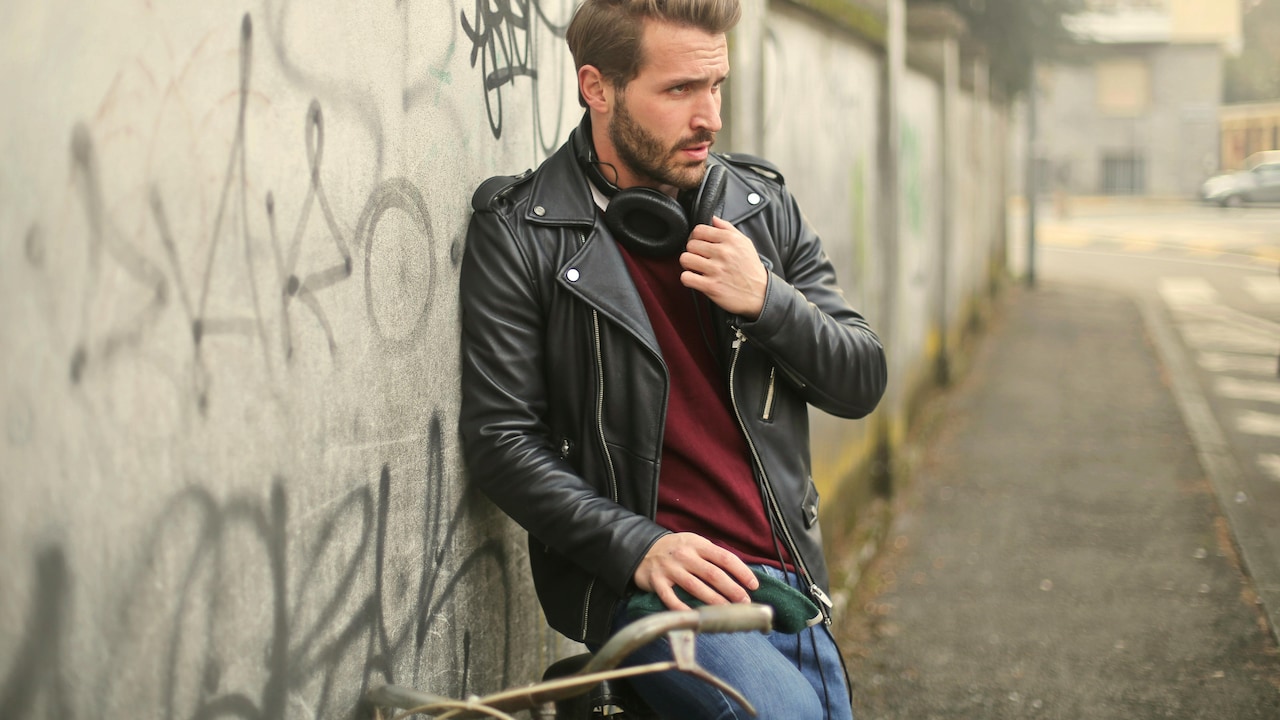
How To Pick The Best Jackets: Winter, Windbreaker and Rain | Decoded
Photo Credit: Pexels
Your Practical Guide To Choosing The Perfect Jacket
1. Understand Your Climate and Daily Routine
Weather habits vary across regions. Someone living in the hills deals with the sharp winter chill, while another person near the coast faces humid air and sudden showers. A jacket should match the place where life unfolds every day. Cold regions call for winter jackets with proper insulation. Cities with sudden drizzle demand rain jackets that dry fast and feel light. Places with breezy mornings suit windbreakers perfectly.
Daily routines also matter. A bike rider needs something that offers warmth without bulk. A metro commuter prefers something that doesn't feel stuffy inside crowded coaches. Workplaces often keep air-conditioning on full blast, so a lightweight layer can feel useful even during warmer months. Understanding these factors helps narrow choices and avoid unnecessary purchases.
Think also about timing. Early mornings outdoors feel cooler than evenings. School runs, office commutes, long-distance travel, or weekend getaways each shape a jacket differently. Awareness of real lifestyle patterns helps select a jacket that feels like a natural fit instead of an occasional accessory gathering dust in a wardrobe corner.
2. Fabric Matters More Than Fancy Tags
Many shoppers feel drawn toward brand names, yet the true hero of any jacket lies in the fabric. For winter jackets, wool blends, fleece, and synthetic insulation like polyester fill offer dependable warmth. Each material behaves differently; wool traps heat well, fleece feels soft and breathable, and synthetic fills stay warm even after exposure to moisture.
Windbreakers depend heavily on nylon or polyester shells. These fabrics cut through breezes, resist light moisture, and remain lightweight enough to fold into a backpack. The best windbreakers feel crisp to the touch yet flexible enough to move freely.
Rain jackets rely on waterproof or water-resistant fabrics. Options like PVC-coated polyester or fabrics with DWR (durable water repellent) coatings stand strong against sudden showers. While browsing, run a hand across the fabric. A good rain jacket feels smooth, strong, and slightly firm. Avoid overly rubbery or flimsy materials, which trap heat and tear easily.
Thoughtful fabric selection enhances comfort and longevity. Smart shoppers look beyond colours and designs. They focus on feel, weight, breathability, and durability, qualities that ensure the jacket performs well long after the excitement of a new purchase fades.
3. Fit Shapes Comfort and Confidence
A jacket can look stylish on a mannequin but feel awkward on the body if the fit doesn't match personal proportions. The right fit allows free movement without extra bulk. Winter jackets need enough room for inner layers without appearing oversized. A snug shoulder and smooth sleeve length create an elegant silhouette while keeping warmth locked in.
Windbreakers and rain jackets often work best with a slightly relaxed fit. This helps air circulate, prevents sweating, and keeps the body comfortable during longer use. A well-fitted jacket doesn't bunch at the elbows or ride up near the waist. Check how it feels when lifting arms or bending slightly; daily activities demand flexible clothing.
Length also plays a role. Shorter jackets suit bike riders who prefer free hip movement. Longer cuts work better for people who walk often or face heavy rain. The right length prevents cold drafts from sneaking in. A good fit enhances confidence, too. When a jacket rests well on the shoulders and flows with natural movement, it becomes a favourite piece worn without hesitation.
4. Power of Insulation in Winter Jackets
Insulation decides how warm a winter jacket feels during frosty mornings or late-night strolls. Synthetic insulation remains a popular choice because it performs well even when slightly damp. Jackets with polyester fill or advanced hollow-fibre materials trap heat efficiently without adding too much weight. They also dry faster and cost less than other options.
Fleece-lined jackets offer gentle, cosy warmth suitable for regions with milder winters. Their soft inner texture creates instant comfort, especially during early commutes. Wool-blend jackets offer more structured warmth and often pair well with office wear. They add a classic touch and help maintain heat during long outdoor hours.
While checking insulation, feel the thickness between the layers. Even padding without lumps indicates consistent warmth. A jacket that looks puffy but feels light in warmth often carries low-quality fill. On the other hand, a slightly firm yet flexible jacket usually signals better insulation. Good insulation does not weigh down the shoulders. It creates a balanced warmth that supports both style and comfort.
5. Breathability: The Secret Ingredient for Comfort
A jacket traps warmth, but without proper breathability, the body starts to feel stuffy. Breathability allows heat and moisture to escape, which prevents sweating during long commutes or warm afternoons. Winter jackets with breathable inner linings maintain comfort when temperatures fluctuate throughout the day.
Windbreakers excel at this feature. Good ones strike a balance between blocking wind and allowing air circulation. They feel fresh during morning walks or bike rides. When browsing, look for vents, mesh linings, or lightweight synthetic fabrics that promise airflow.
Rain jackets face a bigger challenge. They need to stop water from entering while still letting heat escape. Some come with pit zippers or mesh inner layers that enhance comfort. A breathable rain jacket feels stable and light rather than sticky or suffocating.
Breathability matters in a country with mixed weather conditions. Mornings can feel cool, afternoons can feel warm, and evenings can turn breezy again. A breathable jacket adapts smoothly to these shifts and keeps the wearer comfortable throughout the day.
6. Features That Make a Jacket Worth the Money
A jacket isn't just about fabric and fit. Small features elevate the experience. Zipper quality ranks high; smooth zippers last longer and save time during rushed mornings. A sturdy front zip with a protective flap blocks wind and prevents heat loss.
Pockets matter more than many people realise. Deep pockets keep hands warm. Inner pockets protect phones, wallets, or keys. Some jackets include hidden pockets useful during travel. Hood design also influences comfort. A well-shaped hood hugs the head without blocking vision. Adjustable drawstrings help protect during sudden drizzle.
Rain jackets often include storm flaps, sealed seams, and elastic cuffs. These features keep clothes dry even during heavy rain. Windbreakers usually include compact folding designs that fit into small bags, handy for unpredictable weather. Winter jackets may include ribbed cuffs and high collars that trap warmth.
Thoughtful features add convenience to everyday life. They reduce fuss, keep essentials safe, and enhance the jacket's purpose. A jacket with smart features feels worth the money spent, whether ₹800 or ₹5,000.
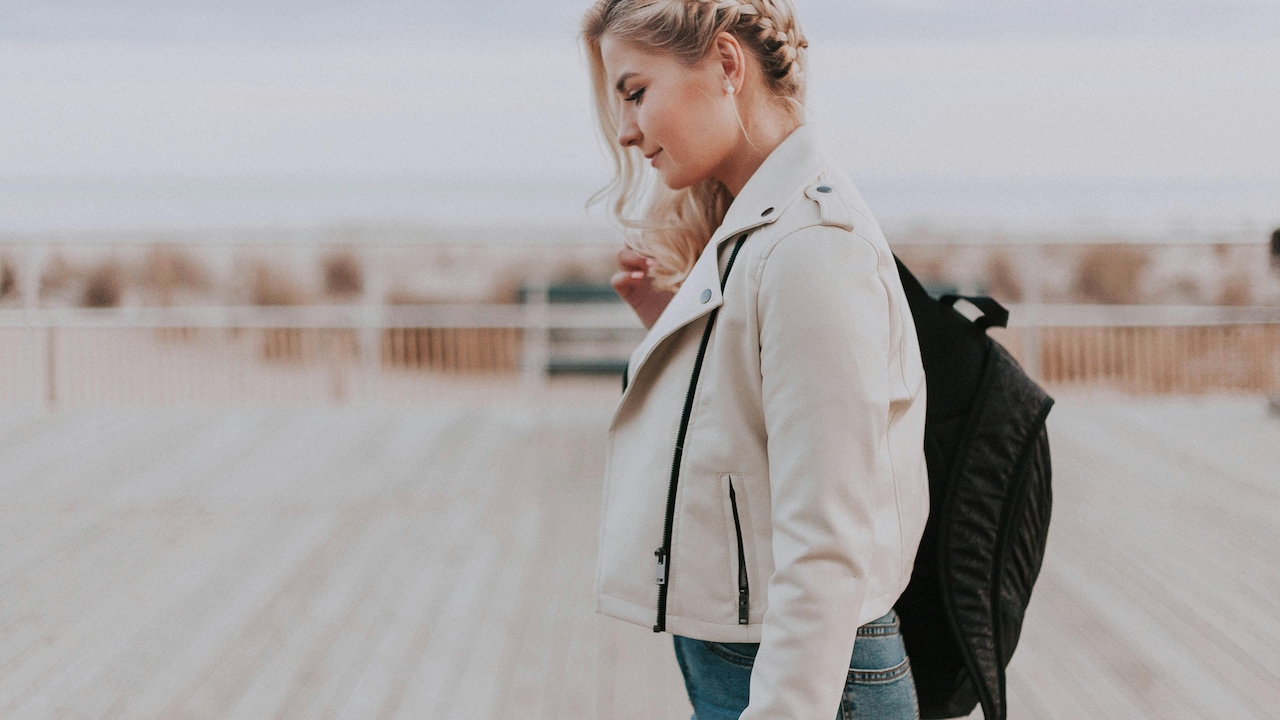
How To Pick The Best Jackets: Winter, Windbreaker and Rain | Decoded
Photo Credit: Pexels
7. Balance Between Style and Practicality
Jackets often serve style as much as function. Many people pick trendy colours or patterns, but practicality must stay close behind. Winter jackets with sleek cuts and subtle colours pair well with office wear or daily outfits. Dark shades like navy, olive, or charcoal blend well with most wardrobes.
Windbreakers offer more playful options. Bright colours improve visibility during bike rides or morning jogs. Patterns or colour-block styles add fun without losing utility. Rain jackets often come in glossy finishes or matte textures. Choose something reflective if late-evening commuting is part of the routine.
The key lies in striking a balance. Pick styles that feel appealing without compromising comfort. A jacket becomes a long-term companion, so choose something that evokes confidence every time it appears in the mirror. Fashion evolves quickly, but classic cuts and simple colours rarely lose charm. When style meets purpose, the jacket earns regular use instead of being reserved for occasional outings.
Also Read: Denim Jackets For Women: 5 Best-Selling Styles And Affordable Picks
8. Durability That Justifies the Cost
A good jacket should last several seasons. Durability depends on stitching, zippers, fabric strength, and overall construction. Inspect seams closely. Tightly stitched seams prevent fabric from tearing and keep insulation steady. Jackets with double stitching or reinforced joints handle daily use better.
Fabric thickness also signals durability. A winter jacket with a firm outer fabric stands strong against rough use. Windbreakers crafted from high-quality nylon resist wear and maintain shape even after multiple washes. Rain jackets with sealed seams and thick coatings keep water at bay longer.
Zippers deserve attention, too. Metal zippers usually last longer, while high-quality plastic zippers glide smoothly without snagging. Buttons, snaps, and drawstrings should feel firm and well-attached.
A durable jacket saves money in the long run. Spending ₹1,500–₹2,500 on a well-built jacket often feels better than replacing a cheaper one every year. Durability ensures trust, no surprises during sudden rain, strong winds, or chilly evenings.
9. Seasonal Versatility Saves Space and Money
Smart wardrobe decisions revolve around versatility. Instead of purchasing a different jacket for every small temperature shift, choose pieces that adapt across seasons. Lightweight winter jackets with removable inner layers suit multiple months. They feel warm in December and comfortable during mild February evenings.
Windbreakers double as travel jackets. They take little space, resist light rain, and pair easily with casual or sporty outfits. Rain jackets with breathable linings work well during the monsoon and also during early winter when the air feels slightly cool.
Layering also adds versatility. A basic hoodie under a windbreaker creates warmth on breezier days. A thin sweater under a rain jacket combats fluctuating temperatures. This mix-and-match style saves money while keeping dressing simple.
Choosing versatile jackets reduces clutter at home. Wardrobes feel lighter, decision-making becomes easier, and each jacket earns more use throughout the year.
10. Budget Smartly Without Compromising Quality
Jackets come in all price ranges, from budget-friendly options around ₹700 to premium ones costing several thousand. A smart approach starts with understanding needs first. Someone who rarely travels to colder places may not need an expensive insulated jacket. A commuter who faces daily rain may invest more in a high-quality waterproof one.
Check stitching, zippers and fabric before looking at price tags. Sometimes a mid-range jacket offers better value and longer use than a flashy high-end piece. Seasonal sales, online deals, or factory outlets offer good opportunities to save without sacrificing quality.
Keep care instructions in mind, too. A well-maintained jacket lasts longer. Simple steps like gentle washing, proper drying, and storing away from moisture protect the jacket's lifespan. Smart budgeting doesn't mean buying the cheapest option; it means choosing something reliable, comfortable, and long-lasting without draining savings.
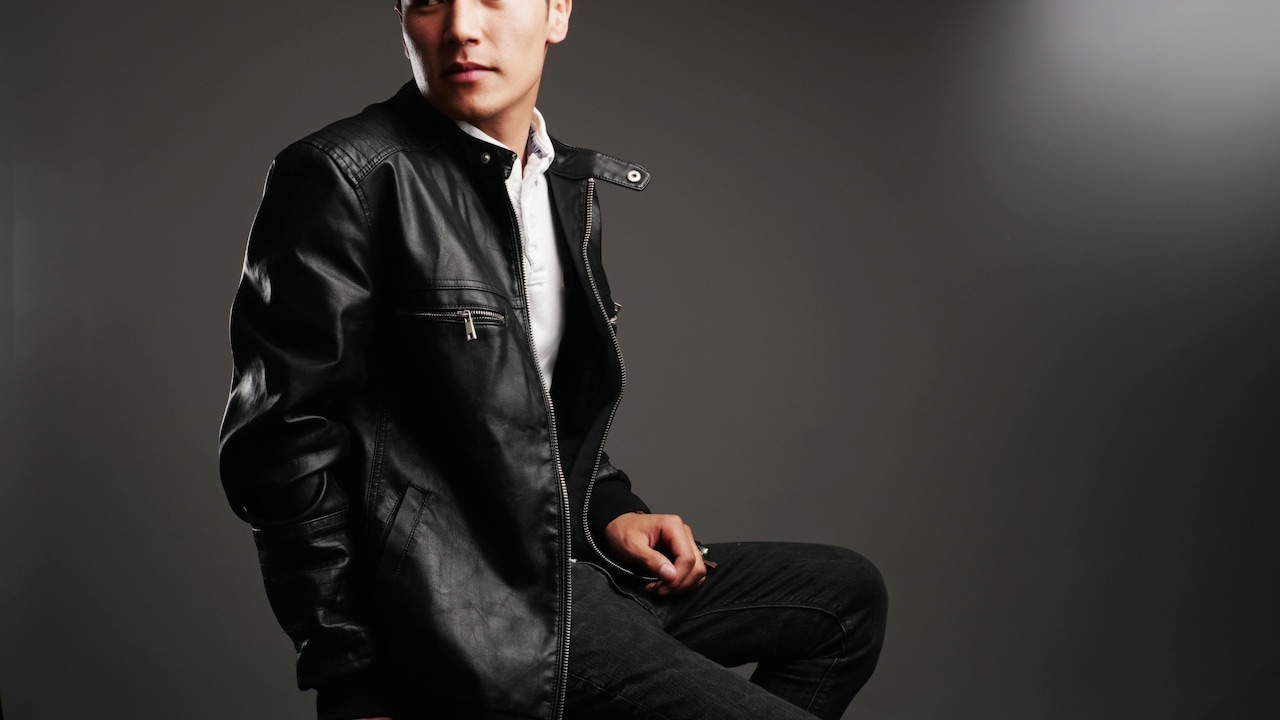
How To Pick The Best Jackets: Winter, Windbreaker and Rain | Decoded
Photo Credit: Pexels
Products Related To This Article
1. Sztori Women Plus Size Maroon Solid Detachable Hood Longline Parka Jacket
2. Decathlon FORCLAZ Men Winter Warm Trekking Padded Jacket
3. HRX by Hrithik Roshan Mock Collar Training Sporty Jacket
4. THE CLOWNFISH Drizzle Diva Waterproof Polyester DoubleCoated Reversible Hooded Rain Jacket
5. Decathlon Unisex Hooded Waterproof Trekking Poncho
6. Xtep Women Running Single Layer Windbreaker
7. H&M Regular Fit Windbreaker
A jacket protects, comforts, and adds personality to everyday life. Choosing the right one becomes easier when guided by climate, routine, and fabric knowledge. Each type, winter, windbreaker, and rain, serves a unique purpose. A thoughtful choice ensures comfort across seasons, reduces wasted spending, and brings confidence with every wear. With the right jacket hanging near the door, stepping out into any weather feels simple, warm and well-prepared.
(Disclaimer: This article may include references to or features of products and services made available through affiliate marketing campaigns. NDTV Convergence Limited (“NDTV”) strives to maintain editorial independence while participating in such campaigns. NDTV does not assume responsibility for the performance or claims of any featured products or services.)











